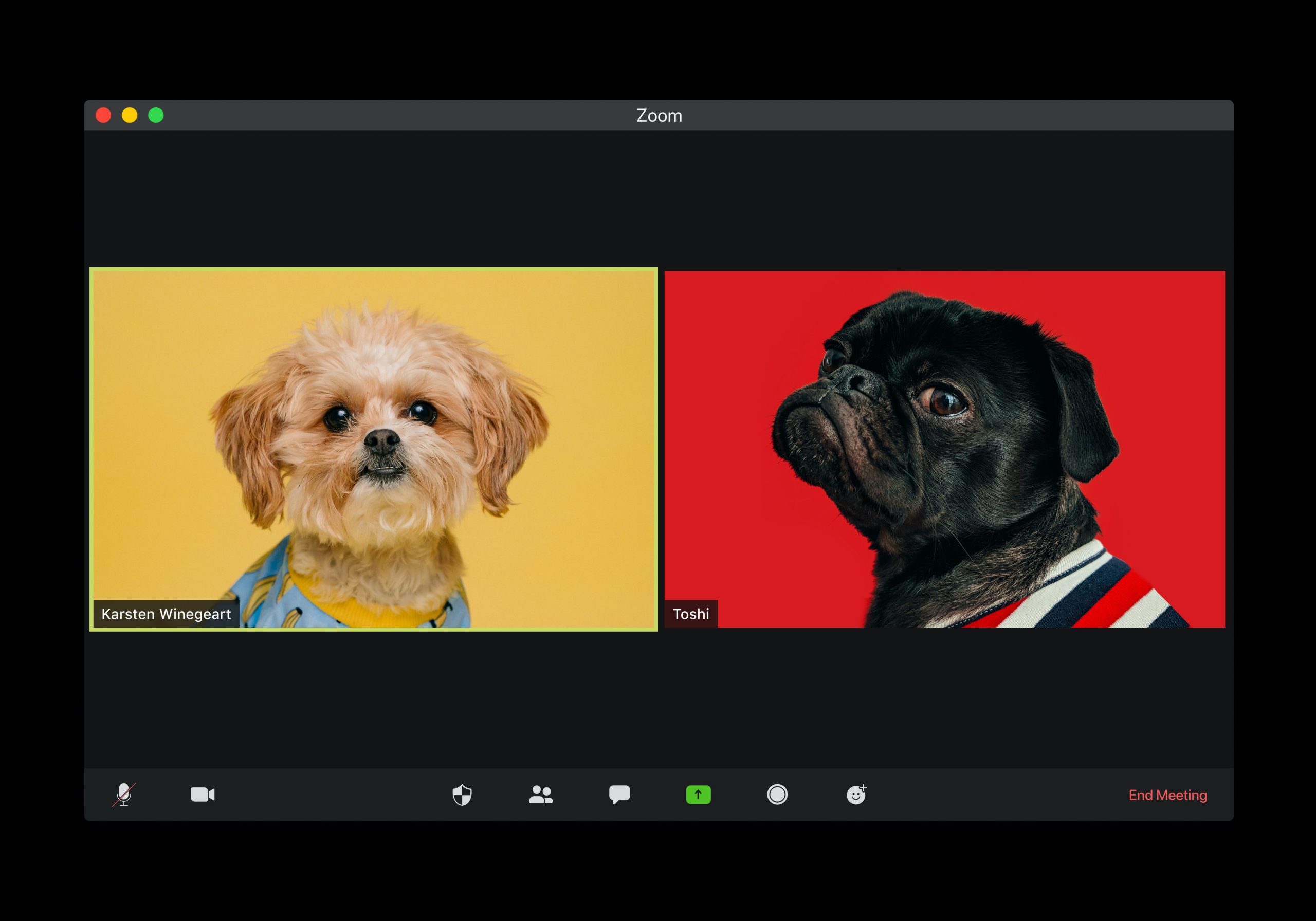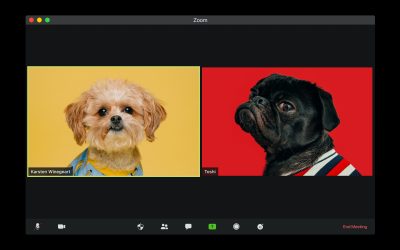
Quick tips to build motivation to turn the camera on.

By Valerie Sedivy, PhD
July 15, 2021
By far, the most common challenge we hear from facilitators working in virtual settings is that young people do not want to be on camera.
There are so many reasons why this might be the case—maybe they are burned out from being in Zoom school all day, maybe they don’t want to show their space, or maybe they find it exhausting to stare at a screen for more than a few minutes.
There are so many reasons why this might be the case—maybe they are burned out from being in Zoom school all day, maybe they don’t want to show their space, or maybe they find it exhausting to stare at a screen for more than a few minutes.
But engagement can also suffer when nobody turns their camera on. Maybe we can find the solution in the middle—promoting some camera use while not expecting it all the time. Here are a few ways you can build motivation to turn on the camera from time to time:
Do periodic video check-ins.
Tell participants ahead of time that you will be asking them to turn their cameras on for just a moment or two at designated times such as the start of a new activity.
Encourage virtual backgrounds.
Show participants how to change their virtual background so that they don’t have to share what’s going on behind them. You can challenge them to choose an image that fits the theme of your session or activity.
Do brief energizers that require using a camera.
These energizers could be as simple as having participants choose a video filter that best represents how they are feeling in the moment, or it could involve a game like finding a weird object to balance on their head, with a prize for the most unusual object. This activity gives them a fun, low-stakes way to express themselves on video.
Ask activity leaders to be on camera.
Let participants pick an activity to lead, and tell them that they need to use their camera when they are leading the activity. You can offer to work with them ahead of time to make sure they feel comfortable leading the activity.
Ask your participants to share what makes them want to turn their camera on.
To make this question less personal, you could ask them what they would do if they were leading a session and they wanted to motivate people to turn on a camera for a moment. Then try out their ideas and ask for feedback.
Remember that we won’t be learning in a 100% virtual environment forever, and it’s possible that when virtual learning becomes a smaller part of people’s day, they may be more willing to connect on camera. Until then, try some of the ideas above, and let us know how it works for you!
Valerie Sedivy, PhD, is Director of Capacity Building at Healthy Teen Network, and if you’re looking for training or support, she will be your first point of contact. Her passion is helping you figure out what you need (and what you don’t), and in finding creative and feasible ways to meet those needs. Read more from Valerie.












